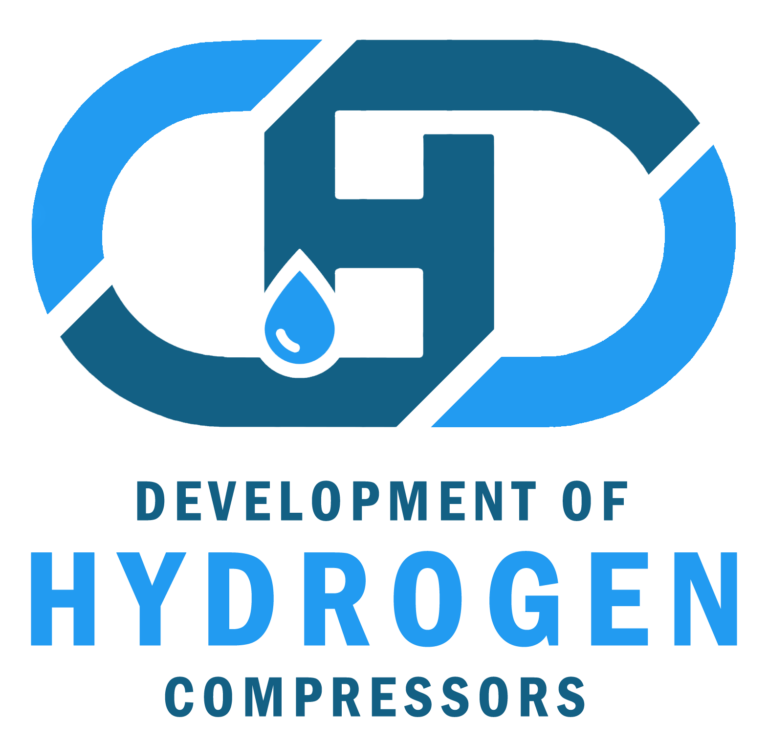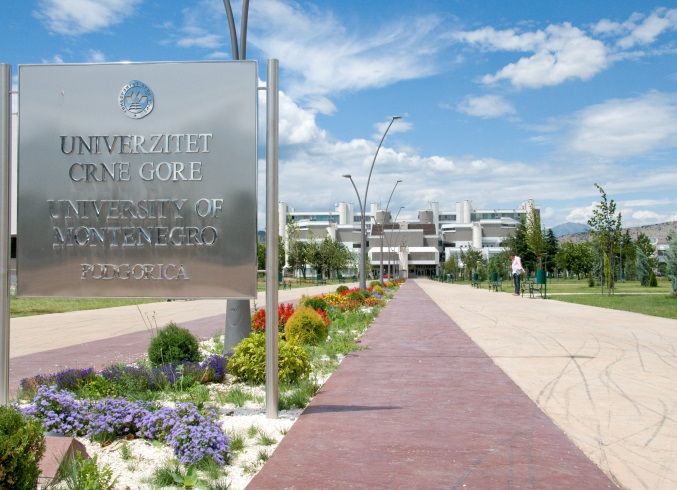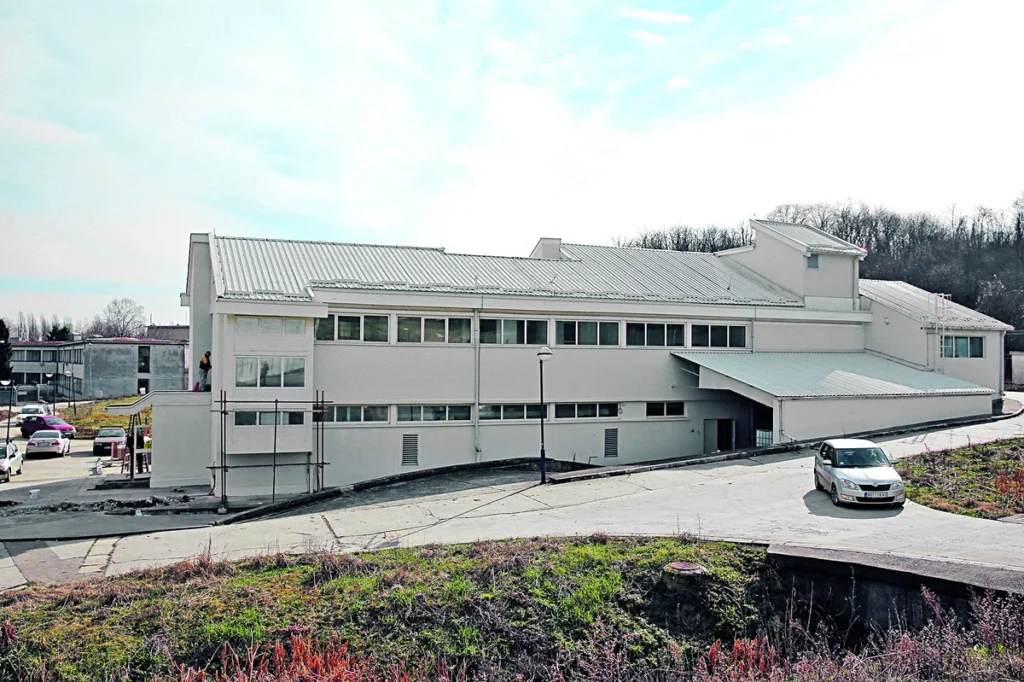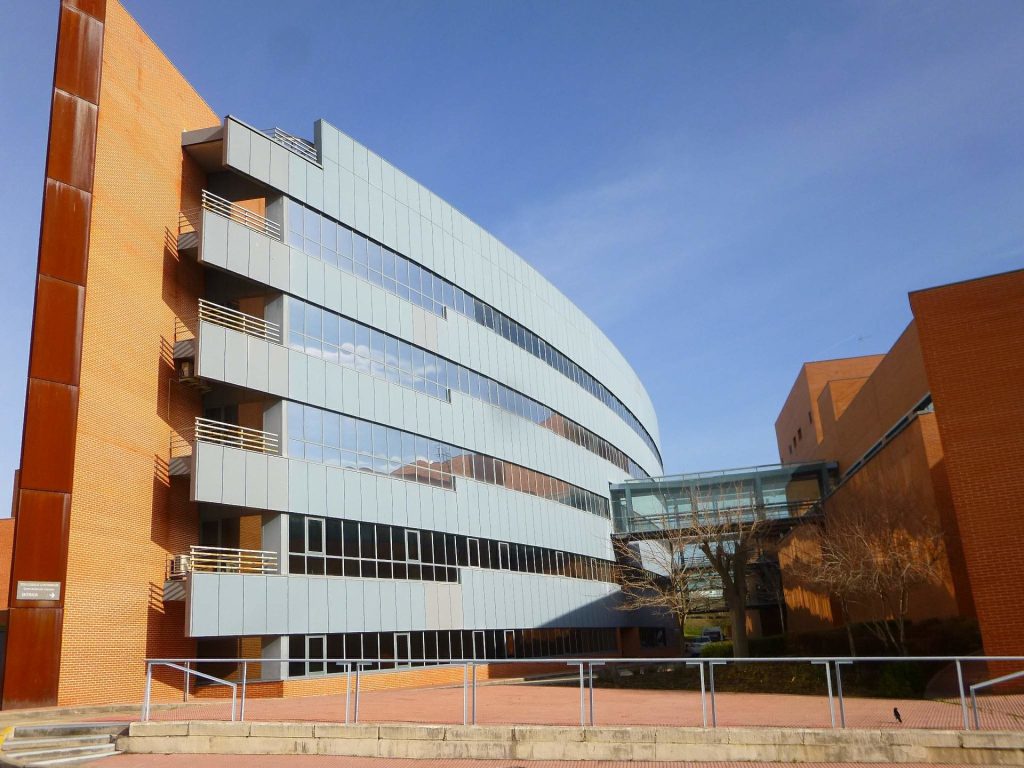About

The necessity for a steady and consistent energy supply, various routes, suppliers, energy supplies, and energy network interconnection are all crucial. The NO-DEPENDENCE project aims to develop innovative metal hydride-based materials to build a novel, multiple-stage hydrogen compression system without moving parts. Such a system will allow the construction of autonomous hydrogen refuelling stations (HRS) in our region. Fuel cell electric vehicles (FCEVs) and the related hydrogen refuelling infrastructures are in the very early market entry stage. Easy, cost-effective and safe hydrogen compression is one of the major problems that must be solved to make HRS accessible. Development of the hydrogen compressor through the NO-DEPENDENCE project will put Montenegro and Serbia on the EU map as partners by accumulating knowledge and developing an innovative compressor solution.
Project Info
Full Title: | Development of hydrogen compressors |
Acronym: | NO-DEPENDENCE |
SPS Ref. No. | G6037 |
Total Budget: | € 350,000.00 |
Institutions: | University of Montenegro, Faculty of Metallurgy and Technology Vinča Institute of nuclear sciences, National Institute of Republic Serbia, University of Serbia Universidad Autonoma de Madrid |
Start date: | June 12, 2023 |
Project duration: | 36 months |

Work Packages
This work package explores the effect of additives such as oxide and non-oxide ceramics and modification with ion beam irradiation on the hydrogenation properties of different materials. The thermodynamic properties will be correlated with the materials’ microstructural and morphological characterisation.
This work package explores the effect of additives such as oxide and non-oxide ceramics and modification with ion beam irradiation on the hydrogenation properties of different materials. The thermodynamic properties will be correlated with the materials’ microstructural and morphological characterisation.
This work package aims to produce large quantities of hydrides with specific microstructural and thermodynamic properties.
This work package includes activities required to assemble the compressor, investigate its functionality, and optimise main parameters.
The main idea of this work package is to maximise the dissemination and promotion of project results and activities of the project in Serbia, Montenegro and across the EU.
The objective of this work package is to create the strategy for all the actions planned to promote and upgrade NO-DEPENDENCE in the field of the hydrogen economy.
Partner Institutions

It has 19 faculties and three institutes, with an academic community of about 17,000 active students. Today, the University of Montenegro is the centre of scientific research and cultural, artistic, and innovative creativity. It strengthens its position through international cooperation and project activities to support scientific research capacities. Today, the University strives to have an extensive network of partners in education, research, the public sector, and industry worldwide. The University of Montenegro signed the first international agreement in 1975 with the State University of Florida. Today, the University of Montenegro has more than 80 bilateral agreements with universities in Europe and Asia and more than 150 inter-institutional agreements for student mobility within the ERASMUS + program.
The Faculty of Metallurgy and Technology has almost 50 years of higher education and scientific research tradition. Today it operates as one of the units of the University of Montenegro with three study programs: Metallurgy and Materials, Chemical Technology, and Environmental Protection. The Faculty of Metallurgy and Technology is the country’s leading institution in designing and applying engineering materials, design technologies, optimisation of production processes, and environmental protection. Under the auspices of the University of Montenegro, the Faculty of Metallurgy and Technology has an irreplaceable social role and responsibility to create and spread knowledge and to promote human capital as a basis for the future development of Montenegrin and the regional economy by encouraging excellence in education, science, and innovation. The Faculty of Metallurgy and Technology has participated in H2020, Eureka, and NATO Science for Peace and Security (SPS) Programme. Current research activities are focused on innovative technology for producing materials on the base of red mud, developing new materials for hydrogen storage, and creating a new generation of batteries and supercapacitors based on cheap and environmentally friendly nanotechnology of carbon obtained from biomass.
Today, 39 employees work at the Faculty of Metallurgy and Technology, of which 18 are academic, 7 are teaching assistants/senior/professional associates, 5 are senior/laboratory workers, and 9 are administrative and technical staff. From its establishment until today, Faculty has issued over 1,000 diplomas in the following titles: metallurgical work process organiser, bachelor, specialist, graduate engineer, master (Mr and Msc), master (MSc and MApp) and doctor of science (dr and PhD).
University of Montenegro, Faculty of Metallurgy and Technology. The University of Montenegro was founded in 1974 and is Montenegro’s oldest institution of higher education.

Ongoing multidisciplinary research in the Institute ranges from fundamental physics and chemistry, physical chemistry and biology to civil engineering. Today, Institute has 500 researchers, with more than 300 PhD fellows, organised in 13 laboratories, three Centers of excellence and 3 centres, with a developed market sector offering products and services in the field of radiochemistry, energy and environment-related materials and analytics. In the Scientific strategy developed for 2020-2030, energy and energy efficiency are recognised and consist of one of the 5 defined main programs of ongoing and planned research activities. One of three Centers of excellence in the Institute accredited by the Republic of Serbia is CONVINCE CoE for energy and energy-related materials, and all activities planned for this project proposal will be carried on there.
The National Center of Excellence for Hydrogen and Renewable Energy (CoE CONVINCE) is part of “Vinča” Institute of Nuclear Sciences – National Institute of the Republic of Serbia, University of Belgrade, Belgrade, Serbia (see: ives.edu.rs/CONVINCE). Members of the Project Team have gathered around the idea underpinning the global need for green and sustainable energy sources. Long-term experience and research work in materials for energy applications through comprehensive and multidisciplinary research have led to the foundation of CoE CONVINCE. The CoE has been acknowledged and officially accredited since July 2018. The excellence of our team arises from the synergy between the Group for the theoretical modelling of materials and the Group for experimental research. Our team comprise 83% of women and 17% of men. To explain the gender imbalance of the team, one must start with the gender aspect of graduated students in Serbia, where the ratio of the number of women and men has been very similar in the past few years and, according to the official data, is approximately 59% to 41% in favour to women. This ratio is even more pronounced when analysing data specifically for the graduate faculties of team members. It amounts to 63% to 37% in favour of women (source: Statistical Office of the Republic of Serbia). Consequently, this general tendency has been reflected in our Institute, with 65% of female employees. Hence, the gender imbalance of the team stems from the stated facts and is certainly a future challenge to overcome.
Researchers from Vinča Institute currently participate in more than 100 national and international projects funded by the Scientific Fund of the Republic of Serbia, the Innovation Fund of the Republic of Serbia, EU HORIZON2020, COST, NATO, EURECA, TEMPUS, KIK CAVA etc.
VINČA Institute of Nuclear Sciences, National Institute of the Republic of Serbia, was founded in 1948 and is the leading multidisciplinary SRO in Serbia.

These faculties and superior schools include the Faculty of Philosophy and Liberal Arts; Faculty of Law; Faculty of Economical Science and Business Management; Faculty of Sciences; Faculty of Medicine; Faculty of Psychology; Engineering School; Faculty of Teacher Training and Education.
Each faculty is divided into departments that coordinate the teaching and research of the different subjects. Researchers can organise into research institutes to coordinate their activities in a specific research field. The University totals up to 59 departments and eight research institutes. In addition, the UAM has seven associate schools, which are not completely part of UAM’s administrative structure, but issue UAM-recognized titles and are under UAM’s academic regulations.
The UAM administrative organisation is managed by several government bodies: the University Assembly, The Board of Governors and The Social Board.
The UAM offers Spanish undergraduates fully recognised degrees. The ‘Diplomatura’ and ‘Ingenierías Técnicas’ (technical engineering) are three-year studies equivalent to an associate degree. ‘Licenciaturas’ and ‘Ingenierías Superiores’ are four to five years of studies equivalent to a bachelor’s degree. In addition, the UAM also offers 94 doctorate programs and 72 unrecognised master’s degrees in all of the University’s studies.
Throughout its history, the UAM has been one of Spain’s most prominent higher education institutions, being ranked first amongst Spanish universities by the ‘El Mundo’ University Supplement (known as “Las 50 Carreras”), by The Times Higher Education Supplement, and by the Academic Ranking of World Universities yearly published by Shanghai Jiao Tong University. For “Mathematics”, the UAM was ranked within the top 51-75 universities worldwide (within the top 12 in Europe). In the “Times Higher Education 100 Under 50 University Rankings”, the UAM achieved 49th position globally in 2012. In another similar ranking, “QS Top 50 Under 50” by Quacquarelli Symonds (QS), the UAM recently achieved 15th place in international comparison. Its Faculty of Law is the most prestigious one in Spain. The Spanish University has more researchers among the most cited according to the Thomson Reuters ranking citation in 2011.
The UAM’s host Department of Material Physics participating in this proposal, and the two associated research institutes to which the participating researcher assigned as the NATO country Project Director belongs as scientific members – Condensed Matter Physics Center (IFIMAC) and the Institute of Material Sciences “Nicolás Cabrera” – gather a number of scientific groups (both experimental and theoretical) working at the forefront of research in a number of physics areas at both national and international level. These institutions provide a rich intellectual environment where cutting-edge research and scientific excellence are being pursued. In addition, these institutions have a large record of previous collaborations on clean energy technologies, condensed matter physics, applied physics, material science, photonics, nanotechnology, etc. The project will profit from this exceptional environment, in which scientific discussions, as well as training programs and seminars given by internationally renowned researchers, are organised almost on a weekly basis on subjects related to those proposed here. This is a particularly stimulating environment for the young scientist in training involved in the proposed project. Additionally, the Department’s direction and the UAM personnel, in general, have provided strong support to all of our previous as well as ongoing research activities, ensuring the good administrative management of our past research grants.
The UAM’s Department involved in this proposal participates in the High-Quality Official Doctoral Programme in “Advanced Materials and Nanotechnology” and Postgraduate Programmes in “Renewable Energy and Fuels for the Future” and “Physics of Light and Matter”. The researchers UAM’s researchers of the NO-DEPENDENCE project have gained considerable experience and are well-established in, among others: designing, implementing and conducting world-leading and ground-breaking scientific research which extends over several interdisciplinary research areas, including: renewable energy sources, condensed matter physics, material science, nanotechnology, photonics and optoelectronics, quantum optics, quantum information technologies,
etc.; teaching at undergraduate and postgraduate levels; training and supervising graduate (‘Trabajo de Fin de Grado’) and postgraduate (Master & PhD) students.
Researchers from the Department of Material Physics at the UAM currently participate in a vast number of scientific research projects funded by national (Spanish) and international entities such as Comunidad de Madrid, Spanish Ministry of Economy, Industry and Competitivity, EU HORIZON2020, COST, NATO, etc.
Universidad Autónoma de Madrid (UAM) was founded in 1968. It is divided into eight faculties and superior schools that support and coordinate most of the University’s academic and administrative activity.
